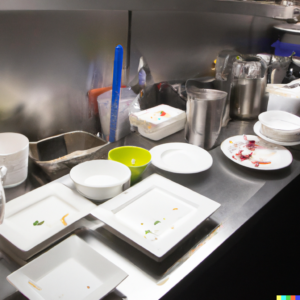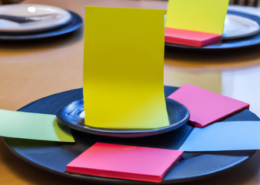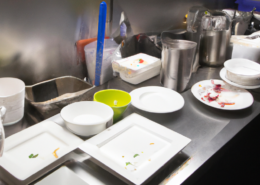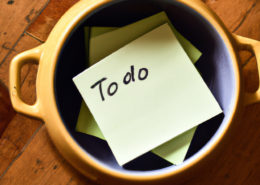Sprint Retrospective
Description
What is a Sprint Retrospective and how to do one in Scrum? This recipe walks you through everything you need to know!
Imagine all the cooks are in the kitchen at the end of a busy service, thinking about how it went. Did the plates come back full of food? Were mistakes made? Why and how could it better next time? Maybe we need to replace some equipment or handle our tasks differently.
The Sprint Retrospective is that moment for the Scrum Team to look back on how working in that sprint went and decide if and how their way of working could be better. The information and actions you have at the end of a Retrospective is the perfect seasoning to the next sprint: improvements that can make the next delivery even better.
Ingredients
- 1 Scrum Master
- 1 Development Team
- 1 Product Owner
- 1 tool for gathering input and creating a list e.g. a whiteboard with post-its, physical or digital
Preparation
The Scrum Master is responsible for planning the Sprint Retrospective, but you can have a different Team member facilitate every now and then for some variation.
- Prepare any specific topics that need to be addressed during the Retro.
- Revisit the actions and outcomes from the previous Retro. They might need to be discussed again.
- Decide on and prepare the digital or physical format or template and materials for the Retro. Typical formats for a Retrospective ask the team three themes; what went well, what didn’t go well, and what can we do instead?
Cooking method
- Start by checking in with the team (how are we doing today?). In the Retrospective we inspect individuals, interactions, processes and tools so it’s good to get talking first!
- Show the team the agenda or template
- Revisit the actions and outcomes from the previous Retro
- Work through the agenda or template – this is the main part of the Retro
- Define one to three actions from the Retro, adding them to the next Sprint Backlog if they are large enough. In Sprint Planning they should be treated as any other task. The actions should be impactful and aim to make a difference that improves the team’s way of working.
- Check-out from the Retro by asking the team for feedback
Cooking Tips
- Don’t boil a bad egg; use a timer to cap discussions, this can be especially useful to stop over-talking about negative aspects, which humans often do!
- Have FUN in the Retro! Be creative and change the Retrospective format now and then. Vary between open questions (what went well?) one retro and directed questions in another (how can we improve testing?). Search online for templates that are fun and engaging.
- The Sprint Goal is a great talking point for the Retro – was it reached and how?
- What happens in the Retro, stays in the Retro. No external parties should participate in the Retro or read the notes from the Retro. Information from the retro is shared only if agreed with the team members
- It’s hard to guess how the dishes you have cooked will be eaten, until the guests have eaten! Try to plan for the Sprint Review to take place before the Retrospective. Stakeholder feedback from the Review can give you valuable insights and discussion topics for the Retrospective
- Psychological safety is an important part of the Retro – the team needs to be able to communicate and not fear talking about mistakes or struggles. Check the references for more ideas.













